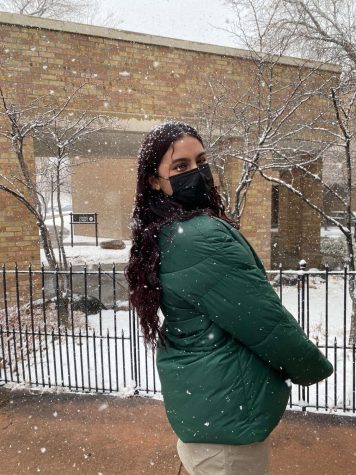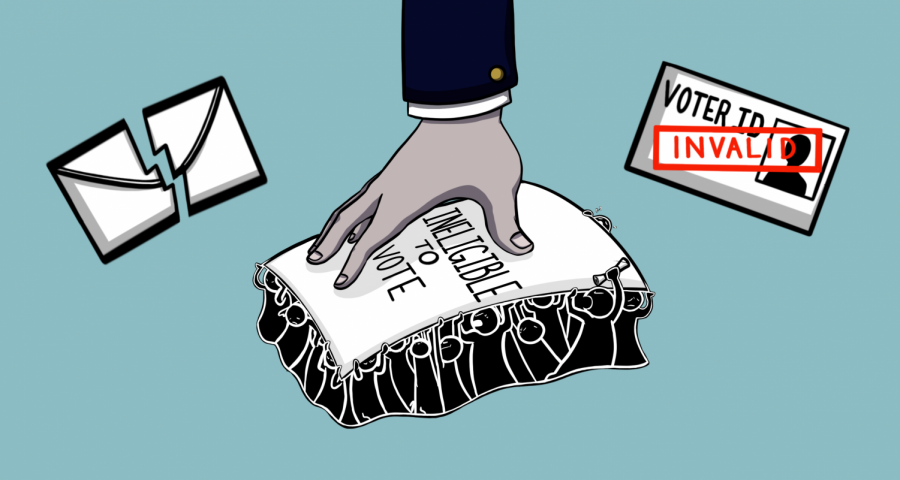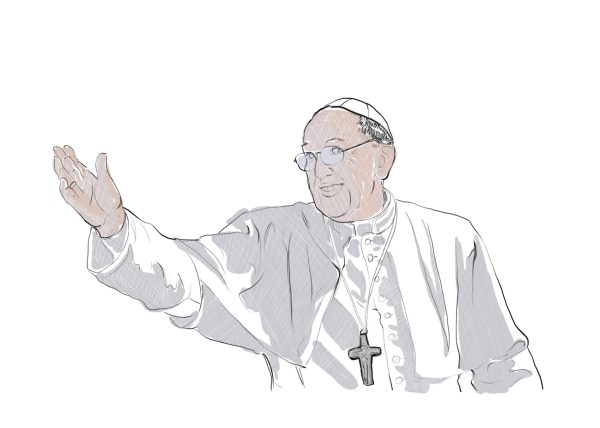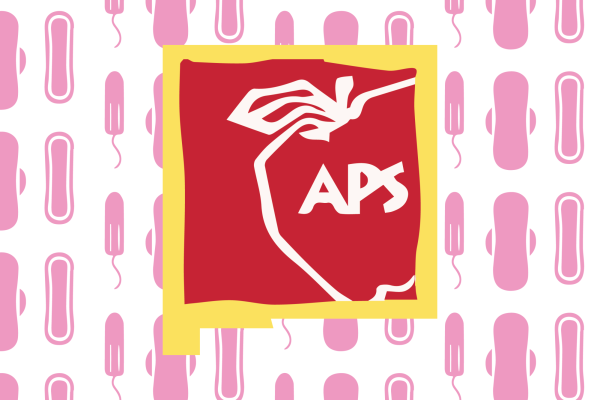Voter Suppression
An old practice, updated for 2020
Voter suppression is a political strategy that aims to stop a targeted population from voting. Heading into the 2020 presidential election, states all over the country have enacted new regulations, such as voter ID requirements, purging rolls, moving polling sites to hostile locations, shutting down sites, and increasing the difficulty of registering voters. These restrictions most commonly affect lower-income and minority communities, effectively rigging an election against them.
The effects of voter suppression are tangible to this day, but it has been a part of American politics for centuries. During the era of Jim Crow laws, legislation such as poll taxes, literacy tests, grandfather clauses, whites-only primaries, and other measures were used to effectively disenfranchise the majority of America’s black population. In the 1960s, President Lyndon B. Johnson and civil rights activists, such as Martin Luther King Jr. worked in conjunction to ratify the Voting Rights Act of 1965. As a landmark piece of federal legislation, it outlawed discriminatory practices such as literacy tests or poll taxes. For decades, the act effectively increased Black voter turnout drastically and resulted in a great influx of Black politicians. In 2013, the case of Shelby County V. Holder was taken to the Supreme Court. A 5-4 decision in favor of Shelby Co. declared important parts of the Voting Rights Act unconstitutional, minimizing its effectiveness. Conservative justices argued these laws were no longer necessary, as the pervasive discriminatory practices of the 1950s no longer existed. This decision has enabled the current wave of voter suppression, by facilitating the very discriminatory practice the Voting Rights Act had sought to end.
One modern method of disincentivizing voters is through Voter ID laws, which are growing stricter, with seven states now requiring a government-issued photo ID. These new requirements prohibit registering to vote with forms of identification such as driver’s licenses or passports. With the excuse of decreasing voter fraud, this form of suppression has been proven to decrease voter turnout by 2-3%. The effects of voter fraud due to a lack of ID are much less tangible, and research has found only 31 credible allegations over the course of the last 17 years. Consequently, these new laws have little impact on illegitimate voting, but rather on lower-income minority communities. Over 21 million American citizens do not have a photo ID that is issued by the government, largely because of the cost of applying. Thus, these laws block many low-income individuals from voting.
Another form of suppression is purging rolls. This is commonly done to clean up voting records such as removing deceased voters or those who have moved out-of-state. Purging voter rolls is meant to remove illegitimate voters, but the process is now used as a mass disenfranchisement that affects millions of Americans. Without giving adequate notice to voters, inaccurate data is used to purge millions for illegitimate reasons. The process purged at least 16 million Americans from 2014 to 2016. A recent study found that these purges racially discriminate, as people of color are those who are most commonly affected. These regulations have taken effect in states like Georgia, where Republicans advocated to remove voters from the rolls if they hadn’t voted in recent elections. Their efforts purged over 100,000 eligible voters only last year.
The most common tactic in voter suppression is restricting voter registration. In New York, voters are required to register at least 25 days before the election. The law thus requires registration before many New Yorkers have chosen a candidate to vote for. In 2016, this regulation delegitimized 90,000 ballots.
The 2020 election has another complication—COVID-19. In the face of a global pandemic, in-person voting now poses a risk of contracting the virus. Instead of simplifying mail-in voting, there are now efforts to prolong the time it takes for a ballot to be received. To be sure that a ballot is counted, it must be mailed two weeks before the official election date, November 3rd. That deadline has already passed. Many Americans who have chosen to vote by mail are not aware of the processing time of their ballots, meaning that those who don’t meet the deadline may not be counted. In Iowa, it was found that Republicans were more likely to vote in-person than by mail, and vice versa for Democrats. The president and his party have also spoken against counting ballots after November 3rd, citing “big problems” that could arise, without actually giving any example of these issues. Republicans have even filed requests for the Supreme Court to roll back extensions on mail-in ballots. If these efforts are ratified and the election result does come out late November 3rd, many democratic ballots are at risk.
Largely because of the 2013 Supreme Court decision against the Voting Rights Act, the effects of voter suppression have once again targeted racial minorities. It is found that nationally, 1 in 13 Black Americans cannot vote because of disenfranchisement. States with larger minority populations are found to have fewer polling sites and poll workers. In Georgia, 70% of voters purged of 200,000 voters were Black. Due to its racial discrimination, voter suppression specfically targets the voices and votes of POC Americans.
Tactics of voter suppression are most commonly used by the Republican Party and are often promoted by President Trump. In response to democratic efforts against unjust regulations, Trump stated “they had levels of voting that if you ever agreed to it, you’d never have a Republican elected in this country again.” His statement suggests that without voter suppression, he and every other Republican would stand no chance in an election. Trump thus has a clear incentive to suppress votes, especially those coming from minorities.
The effects of voter suppression go further than the election—the strategy threatens the whole of our democracy. Voting is a constitutional right. But much like so many of our “rights,” it is often stripped from people of color. Our democracy and our nation are built upon the constitution, but when its promises don’t apply to minorities, democracy is taken away not only from them, but all of us. The theft of voting rights is effectively the theft of democracy. When so much of our nation is critically underrepresented, democracy cannot happen. Efforts to increase voter suppression are not only unjustly controlling the outcome of the election, but also stripping democracy from those who need it most.

When not making art, browsing Goodreads, or writing for The Advocate, Features Editor Noor Ali '23 is active in SDLC, Model UN, and Albuquerque Academy's...








Stephanie Lipkowitz • Nov 25, 2020 at 9:54 am
This might be one of the most important topics you could take on, Noor. Thanks for this excellent, clear and comprehensive piece. Much needed commentary and warning. Your concluding paragraph packs a punch.